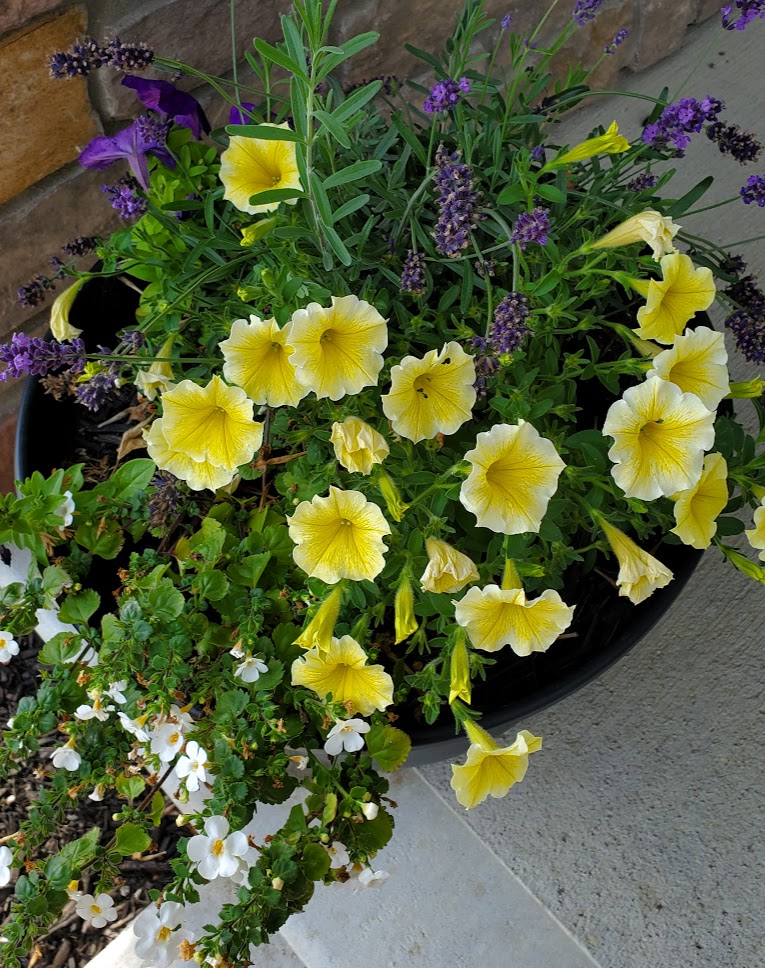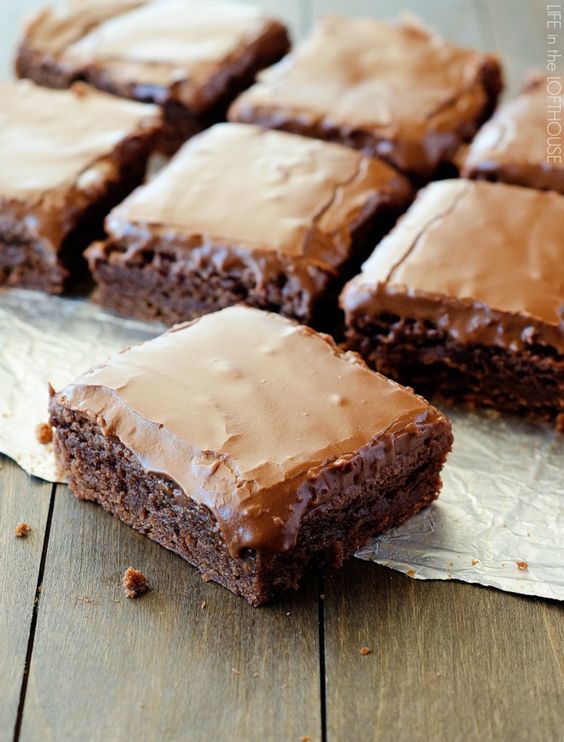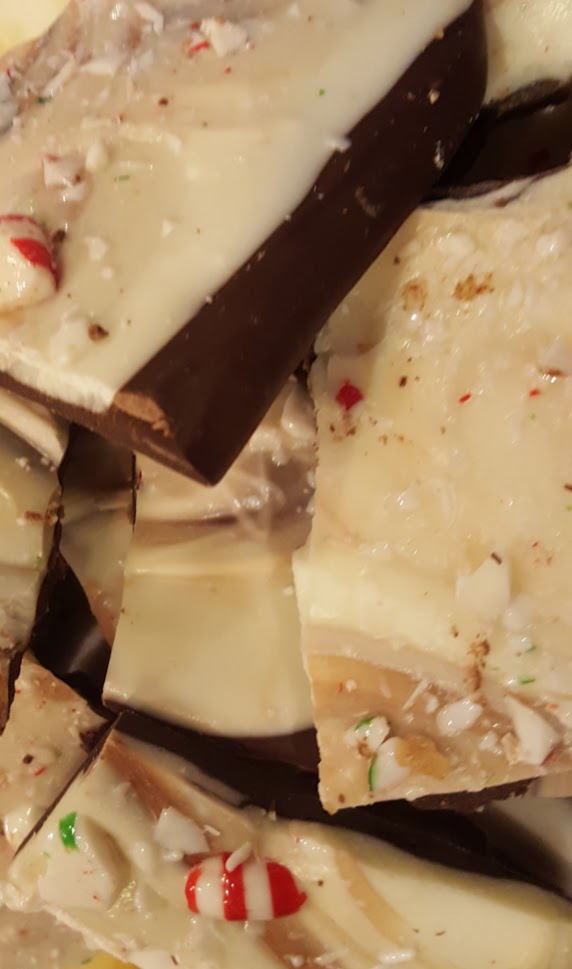Make a plan. Consider how much sun your plants will get. Southern facing areas, assuming no great areas of shade from surrounding trees or buildings, should be considered areas that will receive full sun. North-facing areas receive the least sun. East and west facing plantings are areas or partial sun. Again, this is influenced shade trees, neighboring homes, the time of year etc. In our last house, the back of the house faced west and there was nothing to block the sun. Therefore, these beds got a tremendous amount of sun in the long days of summer. In this house, we face south and the west side of the house is incredibly shaded due to a shade tree and a neighboring home. You want to choose the right plants for the area.
Don’t try to do it all in one year. You should expect to build your garden over time. You’ll find new things you like or want to try different color combos. If you ever go with a new construction, ask if there are different landscaping plans to choose from. A lot of builders will only sod the front yard and do seed for the rest. If that’s all they offer, find out if you can get the landscape vendor’s contact info and pay for whole yard sod. It will take three years, additional grass seed and water to cultivate seed. It will save time and money to do all sod from the start. While your at it, ask the landscaper what it will cost to do additional beds. Again, digging side and back beds is a pain and if you can get it done from the start, go for it.
Consider how much time and effort you want to put into your landscaping. I love gardening, but if you don’t, then choose plant and bushes that are low maintenance. There are lots of flowering shrubs and grasses that beautiful which don’t require a lot of work. I really like Euonymus, Japanese barberry and Wigelia shrubs. Burning bushes and boxwoods are great too, but by year three you should expect to trim them once per year. I would personally avoid junipers and arborvitaes. I just think they get too big, too fast. There are some varieties of these that grow low to the ground which are okay, but most just ed up ugly.
My favorite shade plants are hostas. Hostas are perennials and they come in numerous varieties so you can actually achieve a very colorful bed by mixing different types. Coral bells or Heurcha are also great for shady spots. They come in shades lots of colors ranging from dark purple to maroon to greens and golds. Ferns are great for very shady areas and they can spread to cover a pretty sizeable area. Spotted Dead Nettle is low growing and also does very well in highly shady areas. Hellebore and Bleeding heart do well in shade and bring some color to your garden. Finally, Hydrangea do well in areas of partial shade, especially the oak leaf hydrangea.
For sunny areas I love coneflowers, Black-eyed Susan and Shasta daisies. Coreopsis Zagreb/tickseed is another great flowering perennial that starts blooming in June, but it’s pretty with or without blooms. It reminds me a big bushy dillweed with little yellow flowers. Yarrow also comes in a lot of colors and blooms for a long time. Russian sage is really pretty. It can get pretty big though, so only use it if you have some space. I also really like mixing in some different varieties of sedum. Sedum is best in partial sun, but purple sedum likes shade. Avoid Asiatic, Oriental or Star lilies which look amazing for two weeks and then blah, in favor of day lilies. Peonies are another flow that can be a lot of work, but only bloom for a short time.
The best way to control weeds is full beds. Another way to control weeds is with paper grocery bags. Cut the bags down the sides so you’re left with flat sheets. Cut holes in the bags and fit them around new plantings, or layer them over areas with no plants. Cover with top soil and mulch. Remember, paper bags are biodegradable so they are much more friendly to the environment than landscaping fabric or plastic. Either way, nip those weeds early. Don’t let them take over. Pull or dig them out as soon as you can to keep them under control.
The tried and true advice for planters is fill them with thrillers, fillers and spillers. This means something tall, something that fills the pot out and something that hangs down. For example, my planter out front this year is a lavender plant, yellow petunias and alyssum. So pretty and it’s only been a few weeks.

Finally, don’t neglect your lawn. If you have new sod or grass seed it takes a lot of water. If you find yourself in a new home with an entirely new lawn of sod and/or seed, invest in a timer to control multiple sprinklers. The best time to water is from 6 – 10 AM, but if it’s not a super hot, sunny day, you can certainly water at other times. The goal is to not water when your lawn or plants is getting pounded by midday to later afternoon sun. That kind of heat can evaporate the water too quickly and actually have a negative effect. New sod or seed should be watered every day until it takes hold. If you do not water large, seeded areas enough, weeds and crabgrass will quickly take over.


